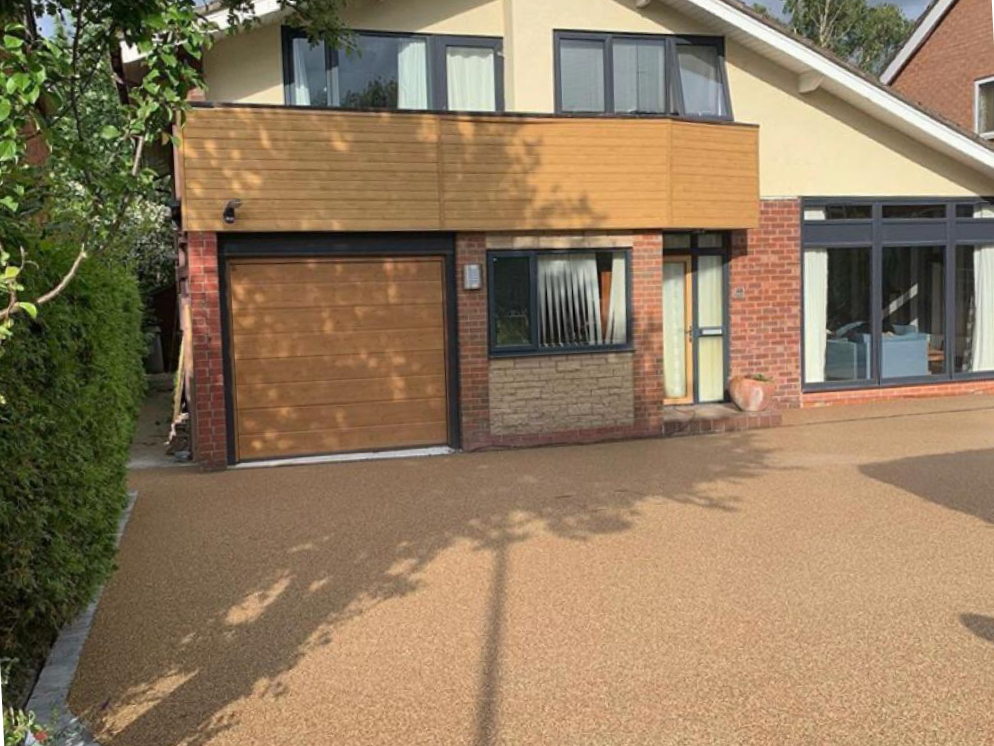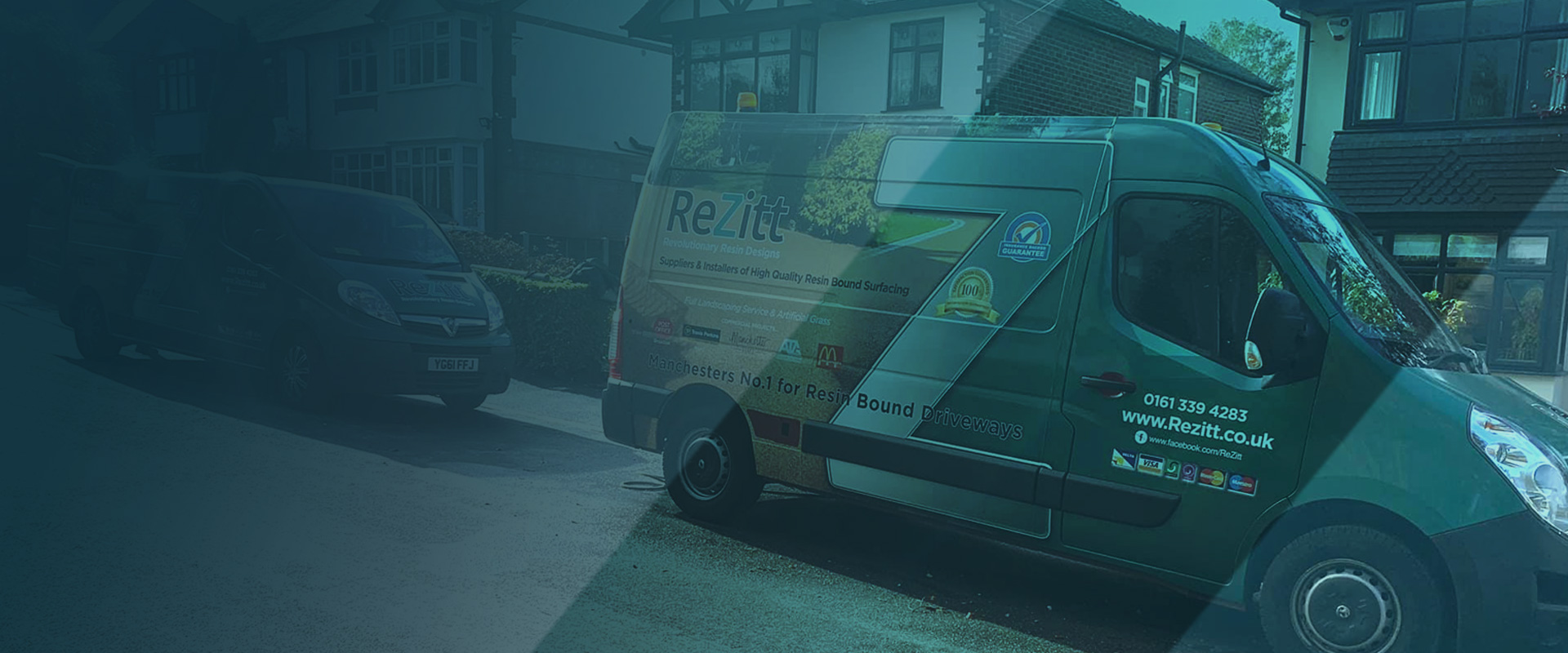
There is an astonishing variety of materials driveways can be made from, including stone pavers, concrete, gravel, epoxy resin and tarmac, amongst many others.
One of the most interesting of these is the use of rubber, typically in the form of recycled rubber crumb, which is typically made from ground-up tyres and can be used in a variety of ways, often mixed with materials such as tarmac and resin.
There are typically two main types of rubber driveway on the market, and both rubberised asphalt and rubber crumb have their uses and appeals.
Here are the two different types of driveway, where they came from and why they are used.
Rubber Crumb
In the broadest possible sense, rubber crumb is any ground-up rubber material, but it typically refers to a recycled rubber made from scrap tyres, where everything but the rubber material itself is removed, creating a material that has the granular consistency of topsoil.
The material itself has existed for a long time, but it started getting prominence as a material for pavements and playgrounds in the early 2000s when it was first being used as a material for filling in artificial turf.
Artificial playing surfaces were previously derided as “plastic pitches”, primarily because the short-pile and lack of soft infill material made them uncomfortable to use. Adding rubber crumb made it feel slightly more like conventional soil and helped to reduce injuries.
This was later applied to athletics tracks, where it also helped to improve traction for running shoes, and has become a specialist adaptation to help people who may be at a greater risk of slipping or falling.
It became popular for its versatility, durability, its weatherproof nature and its safety benefits, both when applied loosely or with epoxy resin to keep it in one place. Few outdoor surfaces can compete with it when it comes to soft landing and better traction.
However, the quality of rubber crumb driveways can vary dramatically depending on the base surface and the expertise of the installer, so it pays to depend on an expert.
Rubberised Asphalt
By contrast, rubberised asphalt concrete, also known simply as rubberised asphalt, is a different type of rubber driveway material designed with a very different purpose in mind.
A highly durable material particularly well suited to extremely hot and cold conditions, rubberised asphalt was first widely used in Phoenix, Arizona as a way to ensure pavements lasted longer, but it turned out to have another crucial side benefit.
Rubberised asphalt turned out to reduce the noise of cars driving over it by as much as 12 decibels, although the typical reduction is closer to eight decibels.
It is the largest use of rubber crumb by volume, given its use on roads, and can be used on driveways to provide a hard-wearing, quiet result similar to a conventional asphalt drive.
At the same time, it is as impermeable as tarmac is, lacks the safety benefits that come with a rubber crumb driveway and does not have the same scope for customisation or personalisation that rubber crumb has.


